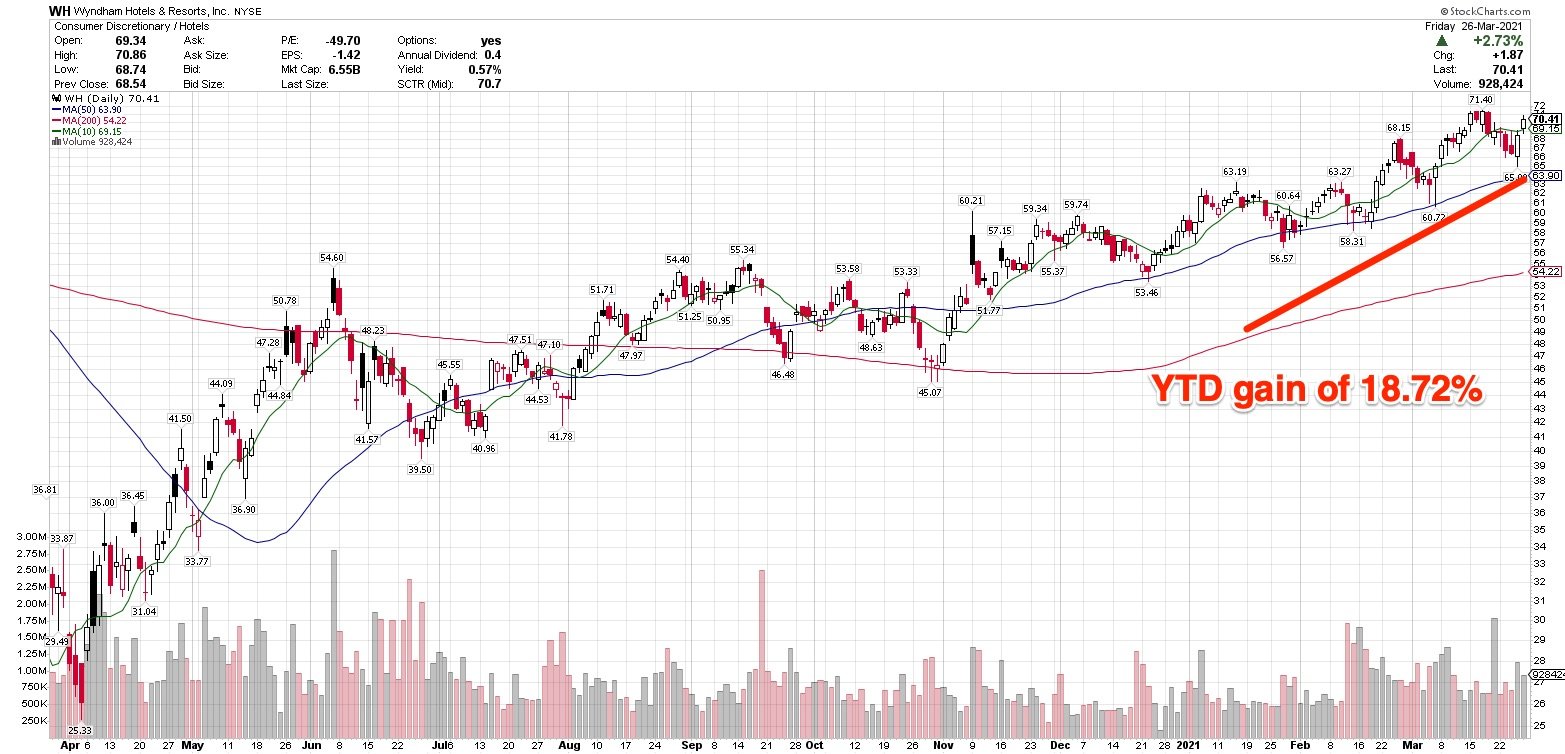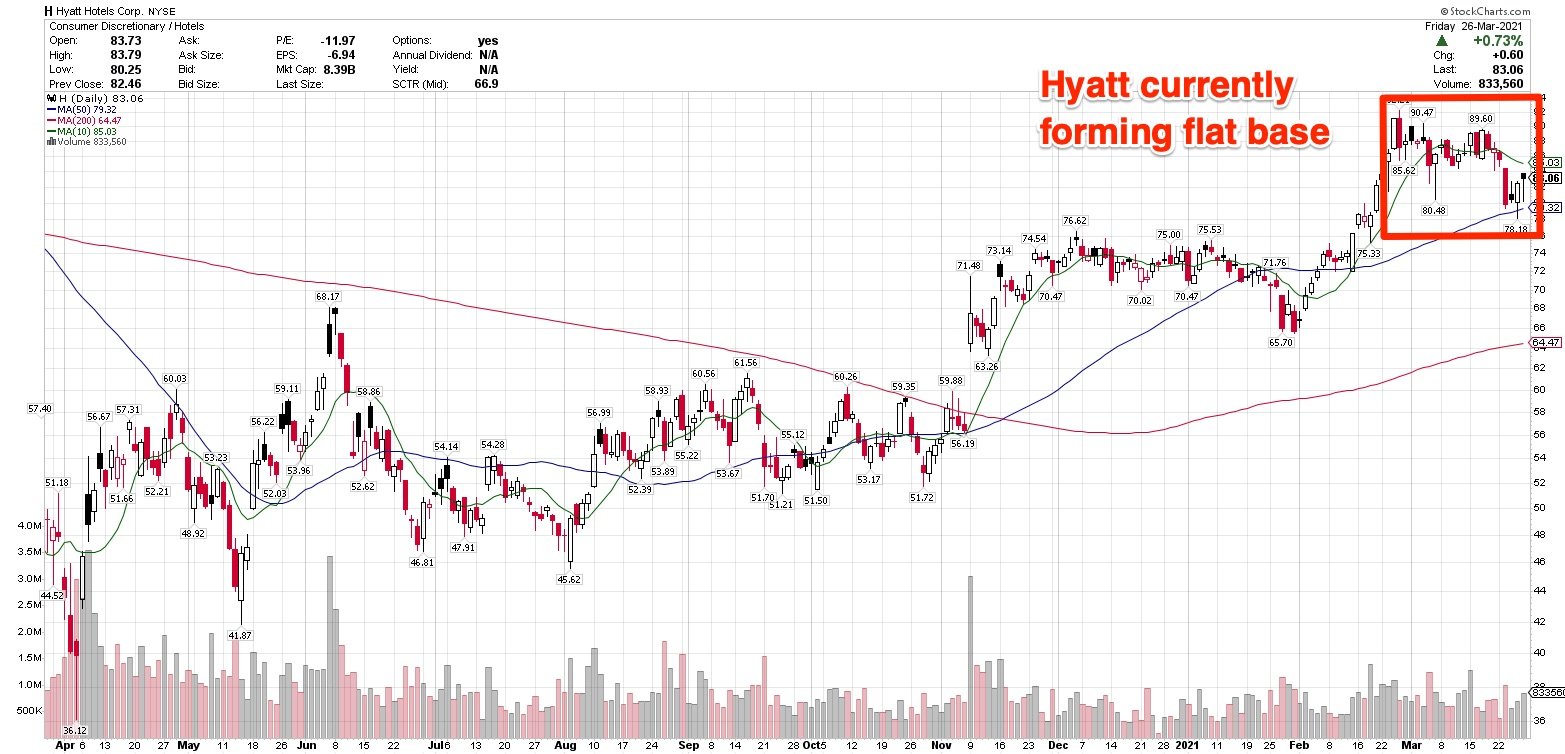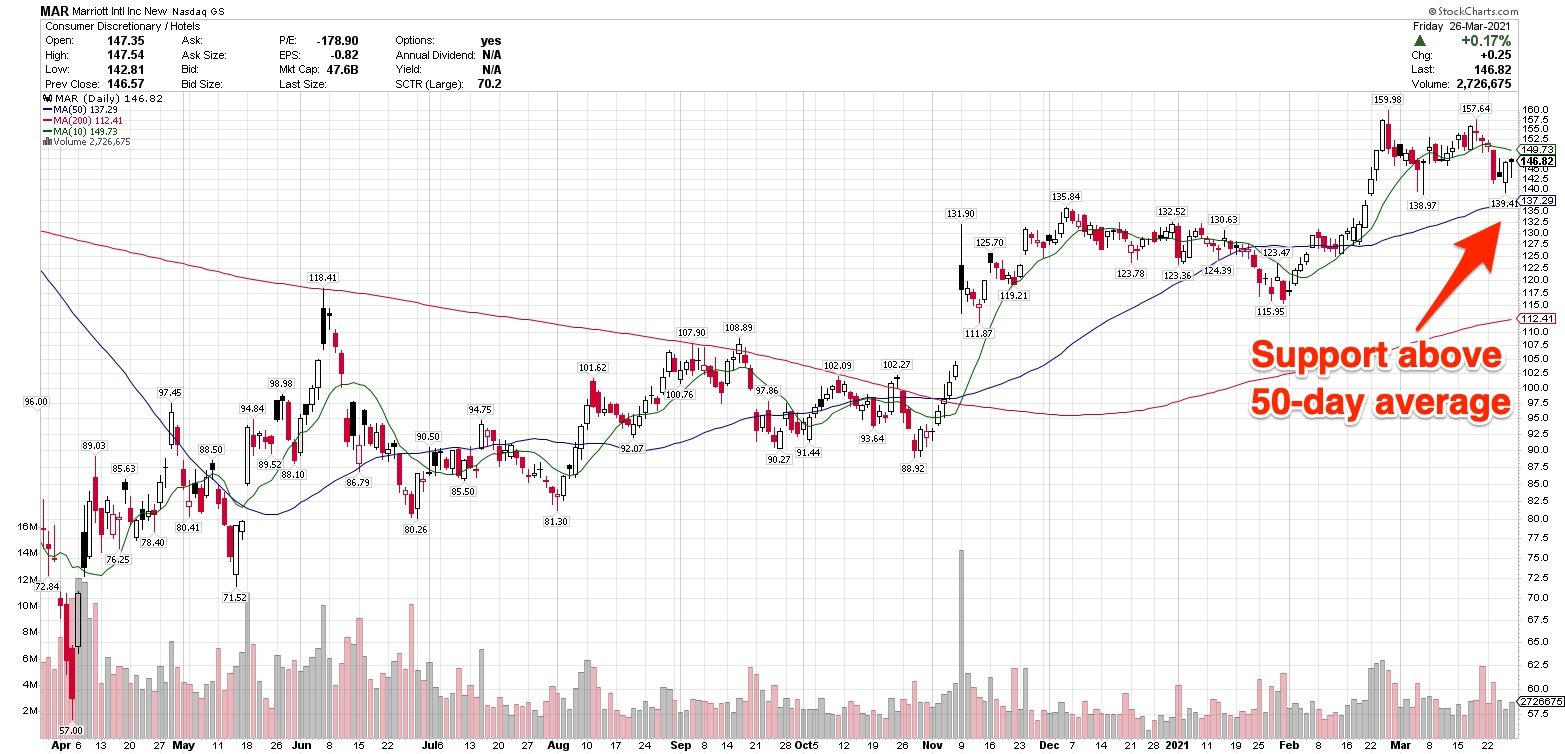March
28, 2021
min read
This story originally appeared on MarketBeat
When private equity firms Blackstone and Starwood Capital recently inked a deal to acquire hotel chain Extended Stay America (NASDAQ: STAY), marked a vote of confidence in the future of business travel.
That $6 billion deal is expected to close in the second quarter. That stock has now gapped up as takeover targets typically do, and individual investors should not trade it. However, its fundamentals indicate what attracted the private equity firms: The company remained profitable in 2020, and analysts expect profit growth in the next two years.
In particular, Blackstone and Starwood said they expect business travel to pick up, particularly as construction workers and contractors begin working on long-term projects that require travel.
What about chains that serve a mix of business and leisure travelers? Both categories were slammed in ways nobody could have imagined prior to the pandemic. How are these hotel companies holding up, and what can investors expect?
Shares of Wyndham Hotels & Resorts (NYSE: WH) are up 18.72% year-to-date, and 108.08% on a one-year basis. Those numbers may seem surprising, but this company, too remained profitable in 2020, reporting earnings of $1.03 per share last year. Its brands include La Quinta, Days Inn, Super 8, Ramada and Travelodge. Wyndham specializes in the economy and mid-level hotel categories.
Analysts from Wall Street as well as the hotel industry see business travel ramping up more slowly than leisure travel. That bodes well for Wyndham’s properties, as consumers take long-postponed vacations, but while still being mindful of their budgets.
The company signaled confidence in its own future recently, raising its dividend to $0.16 per share.
Wyndham Hotels & Resorts went public in 2018, a spinoff from Wyndham Worldwide. The stock is now trading at new highs. It pulled back this month but found support at its 50-day average. It bounced off its 10-day average in Friday’s session, closing at $70.41.

Hyatt Hotels (NYSE: H) closed Friday at $83.06 12.6% below their February 2020 high of $94.98. After getting hammered with a 37.47% decline in March 2020, the stock rallied back strong.
Hyatt is up 11.87% year-to-date and 62.26% over the past year.
Wall Street expects Hyatt’s loss to narrow this year, to $3.11 per share, from a loss of $5.40 per share in 2020.
Hyatt shaped a flat base beginning in February. A flat base is a consolidation that forms within a 15% range between its structure high price and low price. It cleared a buy point above $75.53 in heavy volume.
It added to those gains in the next trading session, gapping up 3%, a day ahead of its  quarterly earnings report on February 17.
quarterly earnings report on February 17.
Although the earnings results offered nothing to cheer about, missing analysts’ estimates, investors liked the hotel chain’s revenue per available room metric, which grew sequentially over the previous quarter.
The stock is up 5.7% since its earnings report. It’s gotten support above its 50-day average in the past three sessions.
Marriott International (NASDAQ: MAR) is consolidating after surpassing its December 2019 high of $153.39.
Institutional investors like the hotel chain’s expansion plans, particularly in the area of luxury brands worldwide. Marriott is growing its presence in Latin America, Asia, the Middle East and Africa.
The company eked out earnings per share of $0.18 in 2020, keeping its profitability streak alive, despite a 97% year-over-year decline.
Marriott declined to provide earnings guidance for this year, and for now, it’s suspended dividend payments and share repurchases.
Wall Street expects earnings of $2.06 per share this year, which would represent a gain of more than 1,000% over 2020.
A bright spot from the company’s most recent earnings report: Business is picking up in China, with greater metrics in room occupancy and number of bookings.
Marriott, like many other firms across all industries, is investing in its digital capabilities. Online bookings are an important piece of the hotel business, and Marriott upgraded its mobile app to better address the needs of 21st century travelers.
It’s finding support above its 50-day moving average, which may offer an entry point. Watch for the stock to pass its February 25 high of $159.98, preferably in heavy volume.





